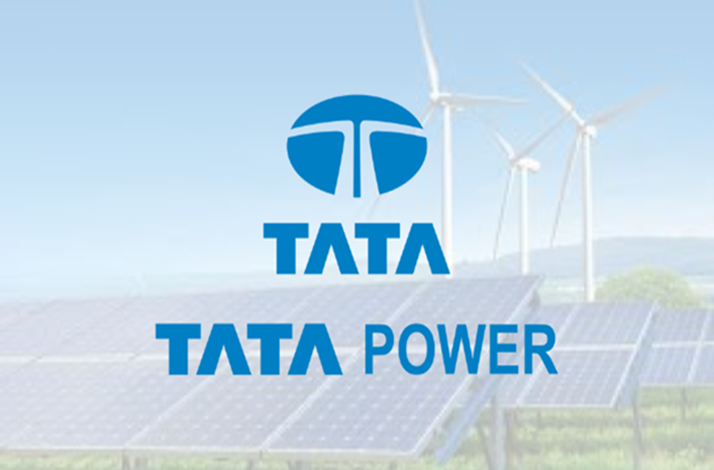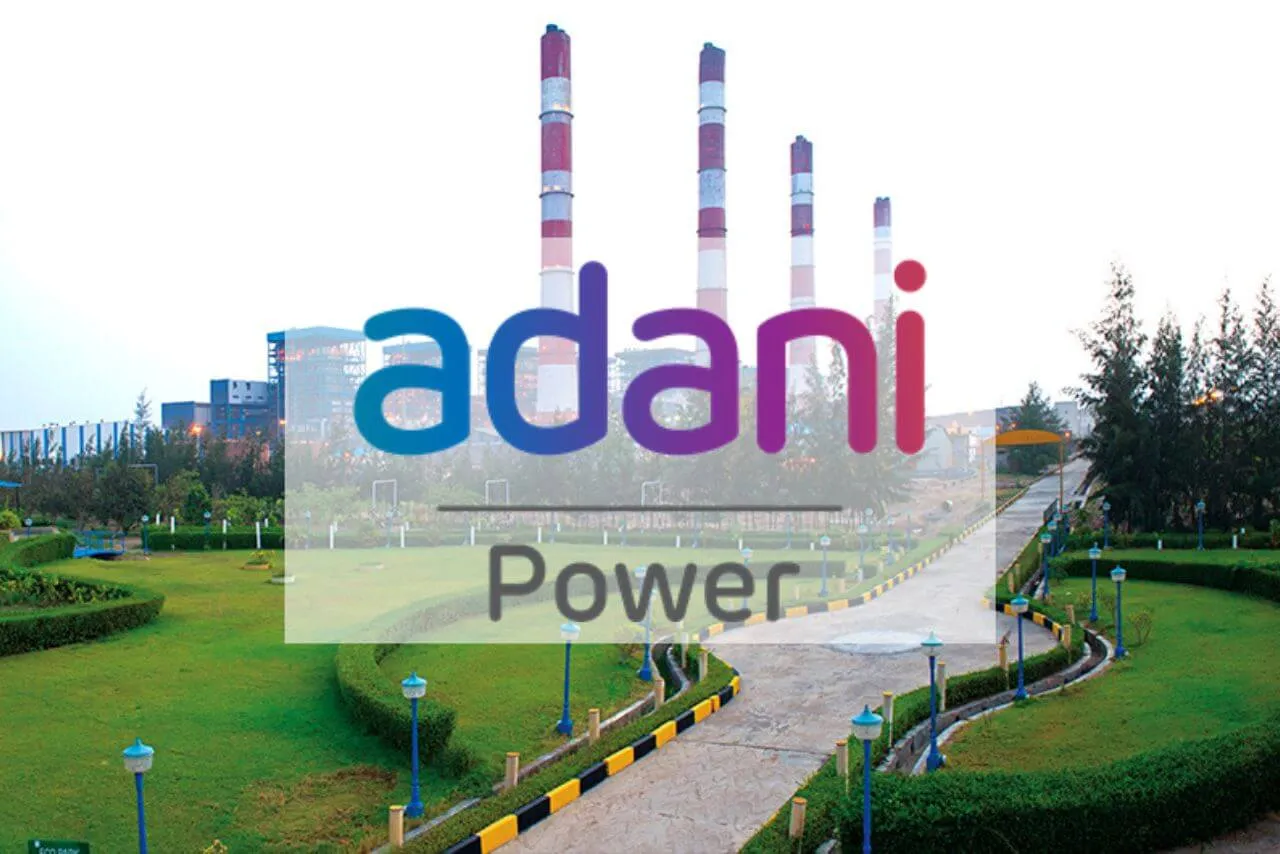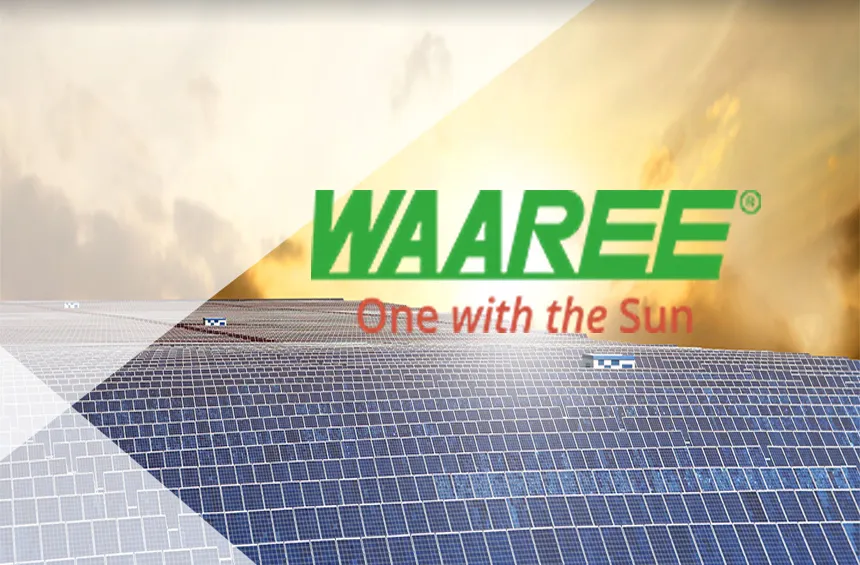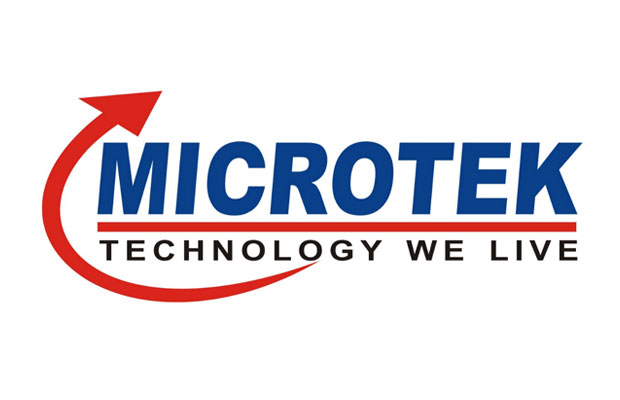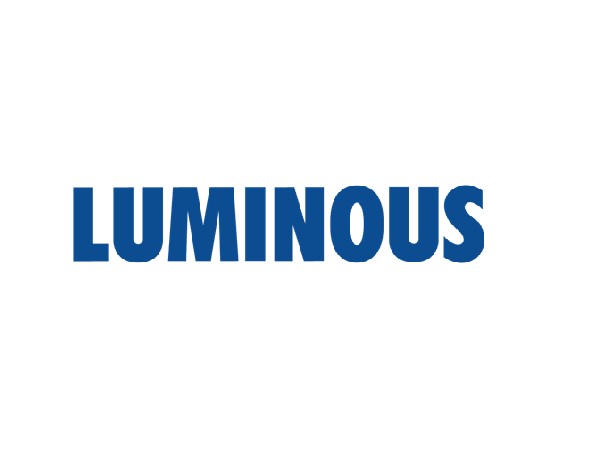String Inverters
The Essential Guide to String Inverters for Solar Power Systems
String inverters are the backbone of many solar power systems, converting direct current (DC) from solar panels into alternating current (AC) that can be used in homes and businesses or fed into the grid. Known for their reliability and efficiency, string inverters are an ideal choice for many solar installations.
What Are String Inverters?
String inverters connect a string of solar panels to convert the DC output into usable AC power. They are typically used in both residential and commercial solar projects and are renowned for their simplicity and cost-effectiveness.
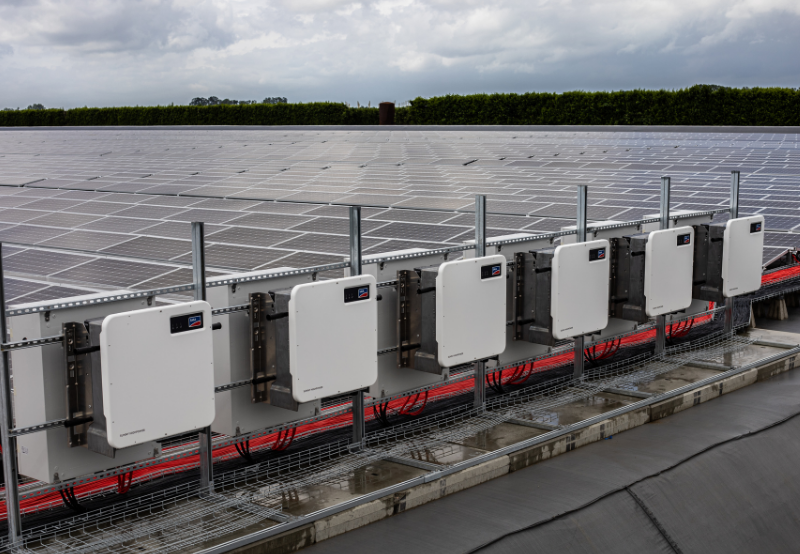
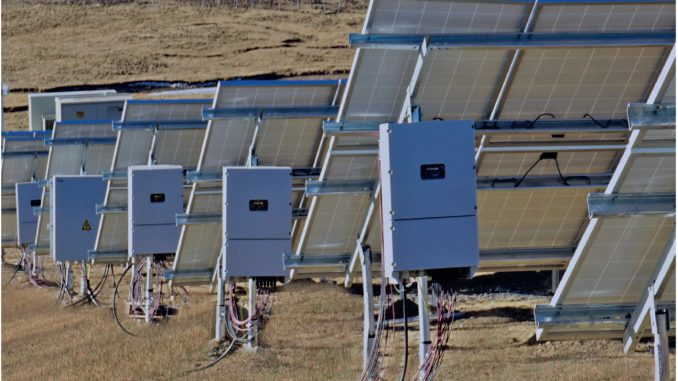
Key Benefits of String Inverters
Cost-Effective Solutions
String inverters are generally less expensive than their microinverter counterparts, making them a budget-friendly option for solar installations that do not require individual panel optimization.
Easy Installation and Maintenance
Due to their centralized system, string inverters are easier to install and maintain. This simplicity allows for quick troubleshooting and repairs, reducing downtime and maintenance costs.
High Efficiency
In environments with consistent sunlight and minimal shading, string inverters operate with high efficiency, making the most out of the solar energy captured by the panels.
Ideal Applications for String Inverters
String inverters are particularly effective in larger solar installations with consistent sun exposure and minimal shading. They are commonly used in residential rooftops, commercial buildings, and ground-mounted solar farms.
Choosing the Right String Inverter for Your Needs
Selecting the right string inverter involves considering the size of your solar panel array, the typical sunlight conditions of your area, and your specific power needs. It's crucial to match the inverter's capacity with the output of your solar panels to maximize efficiency and longevity.
FAQ
If you don't see an answer to your question, you can send us an email from our contact form.
Send EnquiryA string inverter is a type of solar inverter used in photovoltaic power systems to convert DC electricity from a string of connected solar panels into AC electricity. String inverters are typically used in residential and small commercial solar installations.
String inverters connect to a series of solar panels, known as a string, that feed the DC output from the panels into the inverter. The inverter then uses electronic circuitry to convert this DC input into AC output. This conversion is necessary for the electricity to be compatible with household appliances and for grid connection.
-
Cost-Effectiveness: String inverters are generally less expensive than other types of inverters, such as microinverters or power optimizers.
-
Simplicity: They involve simpler installation and maintenance due to having fewer components than systems with microinverters.
-
Efficiency: Modern string inverters are highly efficient, with many models achieving efficiencies of 97% or higher.
-
Shade Tolerance: They are less efficient in handling partial shading of solar panels compared to systems with microinverters or power optimizers.
-
Scalability: Adding more panels to an existing system might require a new inverter or complex configuration adjustments.
Choosing the right string inverter involves considering several factors:
-
System Size: Ensure the inverter’s capacity matches the output of your solar panel array.
-
Voltage and Electrical Characteristics: Match the inverter's voltage and electrical characteristics with those of your solar panels.
-
Features: Look for inverters with additional features like data monitoring, grid support functionalities, and high efficiency.
String inverters typically have a lifespan of about 10 to 15 years, which is shorter than the lifespan of solar panels. It is common for an inverter to be replaced at least once during the operational lifetime of a solar power system.
String inverters require minimal maintenance. Regular monitoring to check for error messages or alerts about the system’s performance is essential. Keeping the inverter and its surroundings clean and free from debris can also help maintain its efficiency and prolong its lifespan.
While string inverters are commonly used in residential and small commercial settings, for larger commercial or utility-scale installations, central inverters or multiple string inverters configured to work in parallel are typically used to handle higher power outputs more effectively.
Happy Customers
Below, our customers share their experiences with the reliability and performance of our string inverters, underscoring their satisfaction and the tangible benefits they've enjoyed.
